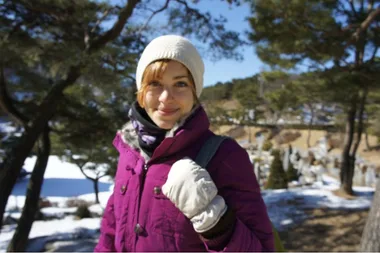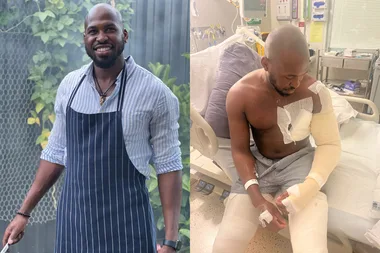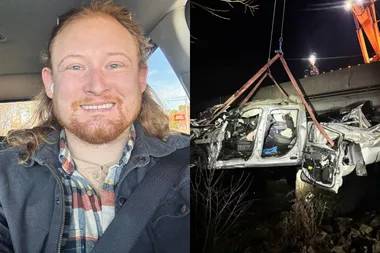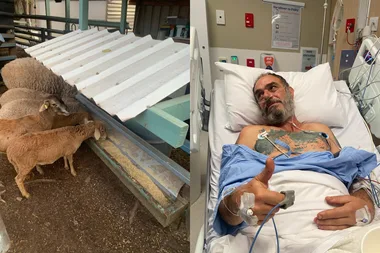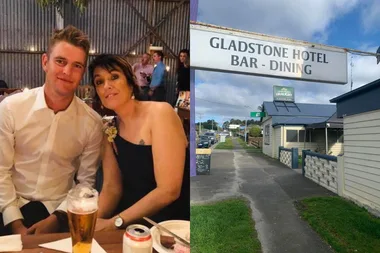Tricia Noack, 57, Campbelltown, NSW
Sitting at my desk, felt tired and sore. I’d been suffering from an autoimmune disease for 17 years. At first, the doctors thought I had lupus, then they said it was fibromyalgia. It left me feeling exhausted and it was painful to move.
I kept my condition quiet and, looking at me, you would never have known about my daily battle. In fact, I often got compliments on my youthful appearance.
‘Your skin looks great,’ people would say.
‘Thanks, all that moisturising must be paying off,’ I’d smile.
Even with health issues, work and raising my daughters, Tamara, 36, and Karisha, 32, I’d tried to look after myself. So when I saw my firm face in the mirror, it was nice to see it had all been worth it.
Over the years, I’d had gruelling treatments to cure my illness, but nothing had worked. In fact, by last year, I was collapsing on the lounge exhausted when I got home from work.
My husband Stephen, 58, started taking on a lot of the housework so I could put my feet up. Previously, I’d always done the cooking and cleaning but my hubby was happy to get stuck in. At the same time, the skin on my hands seemed to be getting thicker.
That’s strange, I frowned. It was as if they were hardening.
Then, in June last year, tests showed I had some problems with my heart.
Is this all connected? I thought, worried.
Then, I had an appointment that would change everything.
As I sat in the consultation room with Stephen and Tamara, a specialist came in. He took one quick look at me and said, ‘You’ve got scleroderma.’ I looked back blankly – the word meant nothing to me.
Scleroderma is an autoimmune disease that was causing my body to produce too much collagen. Horrified, I realised I’d been misdiagnosed all these years.
Collagen, I learned, is what keeps skin firm and springy, but too much causes tissue to harden. That’s why my face was so smooth, my hands were stiff, and my heart wasn’t working properly.
I can’t believe it, I thought, shocked. My youthful skin had been a sign of something sinister.
Before I knew it, we were being ushered out and I felt bewildered.
‘Have you heard of this before?’ I asked Stephen.
‘No,’ he said, shaking his head.
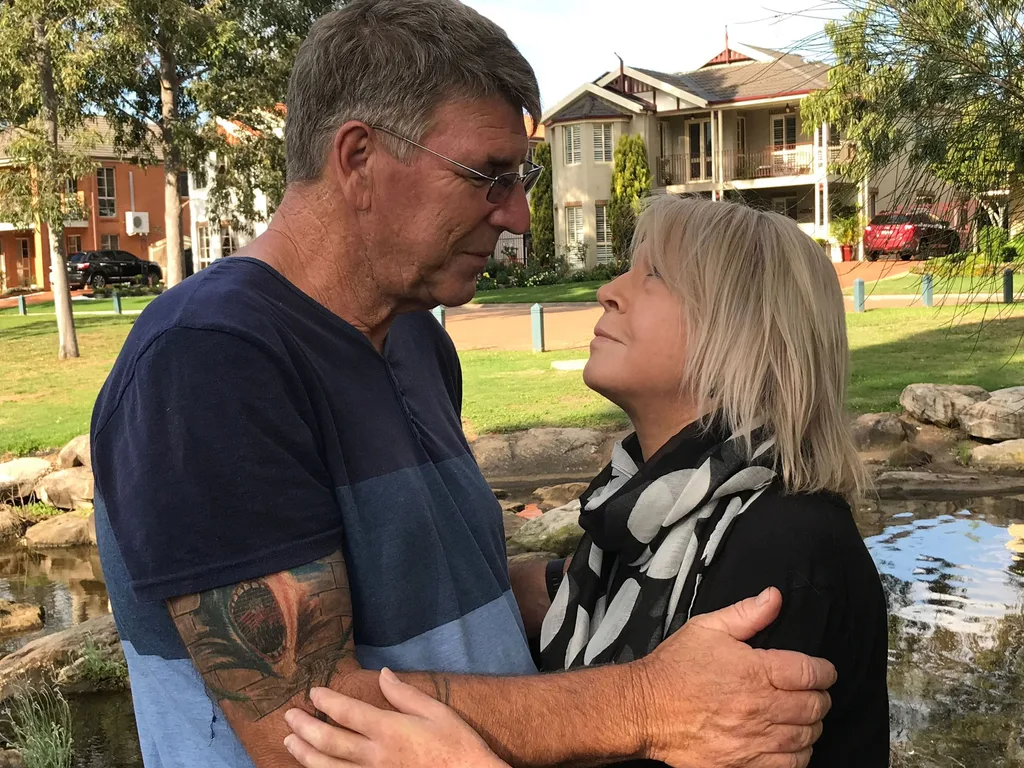
Back home, I started looking up as much information as I could. What I found was very confronting. Scleroderma is sometimes known as the disease that turns people to stone, I read. There’s no cure, but symptoms can be managed. In some cases, the disease was deadly.
From then, I noticed my symptoms seemed to accelerate. My hands became so stiff I couldn’t open and close them properly. When I willed them to grip so I could pick up my toothbrush, they responded slowly.
‘It’s like having robot hands,’ I sighed. Simple tasks took me so long to do. Fastening buttons and zips became too tricky, so Stephen helped me dress.
It was so frustrating as my brain was still active. I’m trapped in my own body, I thought.
Throughout all of this, one of the hardest things was coming to terms with how little information I could find about scleroderma.
Even some of my doctors hadn’t heard of it.
That’s why my family want to raise awareness of the condition, and they’ve taken on an epic challenge to do just that.
‘We’re going to walk from Sydney to Ariah Park, Mum,’ Tamara told me.
‘Have you got rocks in your head?’ I laughed.
Ariah Park is where Stephen and I used to go for an outback getaway when we started dating. It’s a special place for our family. But 470kms away, the walk would take many days!
However, Stephen, Tamara, and her husband Andrew, 36, were completely serious.
‘We want to spread the word and raise money for Scleroderma Australia,’ Stephen explained.
I was touched by their selfless gesture. They are training so hard for the 500,000 steps they’ll need to take to complete the journey.

I’m so proud of all of them, especially Stephen. At 58, he’s worked hard to get into shape to walk almost non-stop for 13 days.
I’m going too, in the support car, to cheer them on along the way.
It will be amazing if their fundraising efforts can help me and other sufferers learn more about our condition.
Now, I’m hopeful a stem cell treatment can help ease my symptoms.
I don’t know what the future holds for me but I know my family will be with me every step of the way.
As told to Sarah Firth.
This article orginally published in that’s life! Issue 22, 2017.
 Supplied
Supplied
